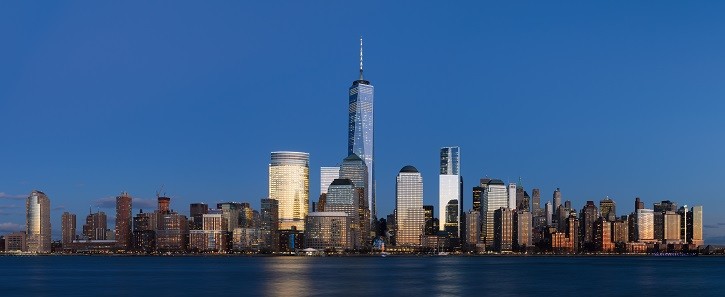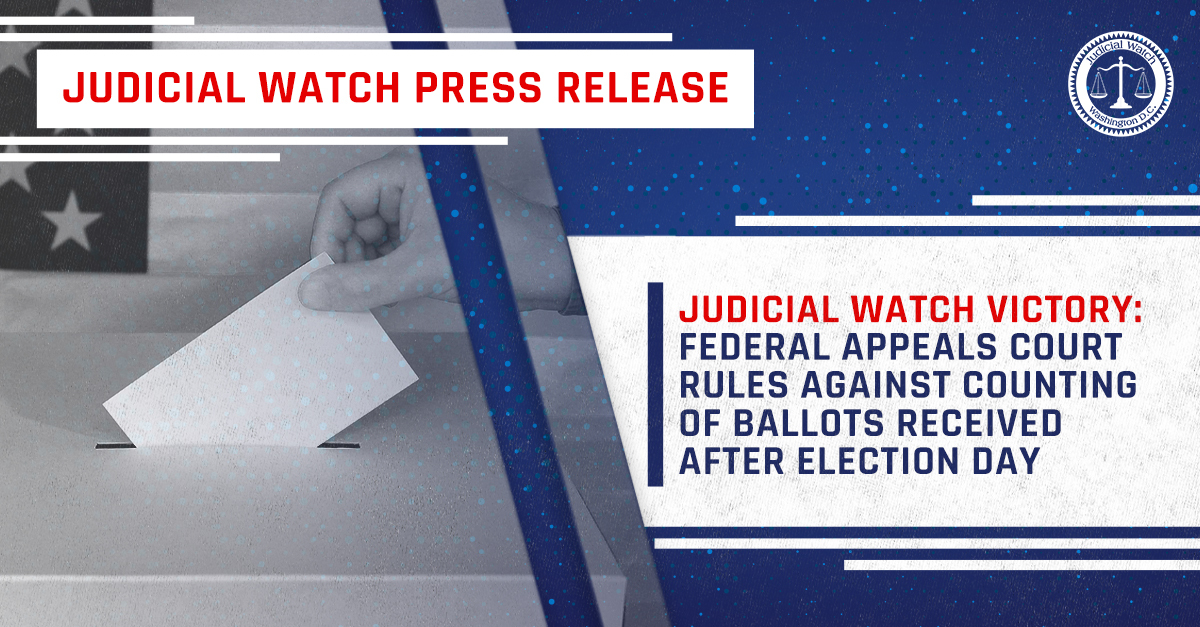

NYPD to Judicial Watch on Cardillo FOIL Case: Drop Dead


Courtroom action opened Tuesday in Judicial Watch’s Freedom of Information Law lawsuit against the NYPD in New York State Supreme Court. Under state FOIL laws, Judicial Watch sought records, a final report and a key audio tape of a 10-13 “officer in distress” call made in the 46-year-old Phillip Cardillo murder case. The NYPD told Judicial Watch to go to hell.
Instead, we went to court.
Cardillo, an NYPD patrolman, was gunned down in a Nation of Islam mosque in Harlem in 1972. The NYPD claims the Cardillo case, after more than four decades, is still “active and ongoing.”
Judicial Watch argued that, on both the facts and the law, the case is closed, and that the public has a right to the information.
Judge Verna Saunders is presiding in the case. Despite a late shift of the lawsuit to her courtroom, she was well-prepared, asking sharp questions of both sides on the facts and the law.
The NYPD took an absolutist position on the Judicial Watch request—absolutely not. Judge Saunders inquired, might the NYPD be open to providing redacted documents? The NYPD lawyer side-stepped the question.
Might the NYPD, which claims it cannot find the 10-13 tape, turn it over if discovered on a further search? No, replied the NYPD, because the tape was part of an active and ongoing investigation.
Retired NYPD detective Randy Jurgensen was in the courtroom as an observer. Jurgensen has played a central role in the Cardillo case for decades. He arrested Cardillo’s alleged shooter, and later wrote “Circle of Six,” a powerful memoir of the case that prompted then-Police Commissioner Ray Kelly in 2006 to direct the NYPD Major Case Squad to take another look at the Cardillo killing.
Jurgensen worked with Major Case on the re-investigation and says the inquiry was closed around 2012. Since then, there has been no substantive and material activity on the case—although the NYPD now claims otherwise.
“I was told repeatedly in 2012 and after, by members of the Major Case Squad, that the case was closed and a final report was being prepared,” Jurgensen told Judicial Watch. “Copies of that report were to be ‘sent upstairs’”—to the police commissioner—”and provided to the Cardillo family, and to me. That never happened. It’s forty-six years since Phil Cardillo was killed. I just want to see as much as possible made public in the case.”
Forty-six years is a long time. And it’s fair to ask, why is Judicial Watch seeking information now? What is it all about? And why is the NYPD resisting disclosure?
We answer those questions at length here, and here, but the short version is that the NYPD has a well-documented bias against transparency and disclosure. It’s embarrassed by its past bad behavior in the Cardillo case and does not want it dragged back into the public eye.
And while there is a general investigative consensus that the suspect Jurgensen arrested in 1976 was the shooter—he went to trial and was acquitted—many questions remain about the case.
Was there a broader conspiracy that inadvertently led to Cardillo’s death?
Who made the 10-13 call that drew police officers to the mosque that day?
Why were the mosque doors—usually closed and locked—left open that day?
What was behind a special prosecutor’s conclusion that there was a deliberate effort by NYPD brass to “impede” the early Cardillo investigation?
And what was the role of the FBI in all this? Contemporary witnesses and documents suggest the FBI played a deeper role in the events surrounding the mosque case than they have admitted. Did FBI dirty tricks somehow inadvertently lead to Cardillo’s death?
Getting answers to those questions is why Judicial Watch is in court. Judge Saunders will issue a ruling in the New York case soon. Meanwhile, in Washington, our parallel case against the FBI moves forward in federal court.
***
Micah Morrison is chief investigative reporter for Judicial Watch. Follow him on Twitter @micah_morrison. Tips: [email protected]
Investigative Bulletin is published by Judicial Watch. Reprints and media inquiries: [email protected]















